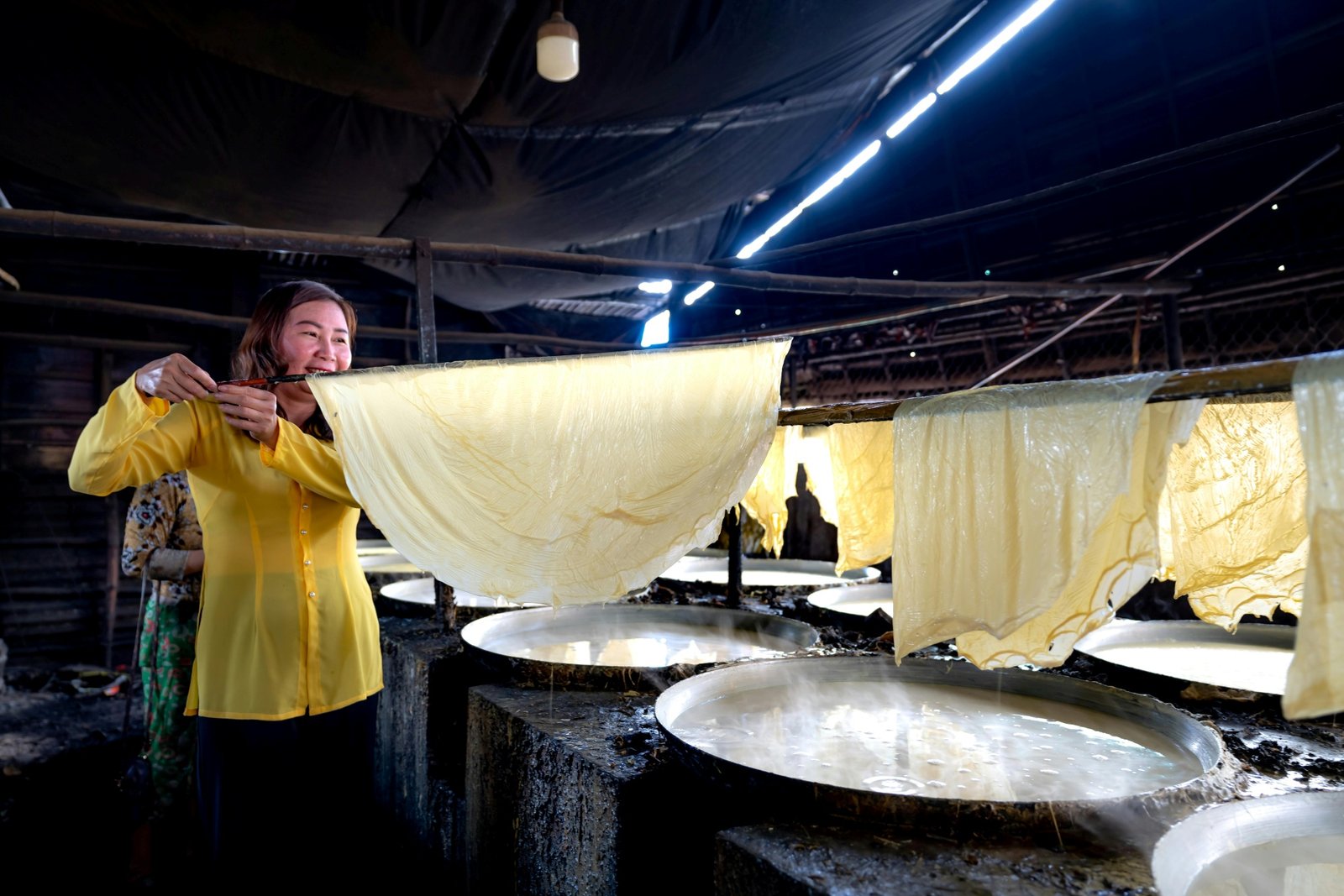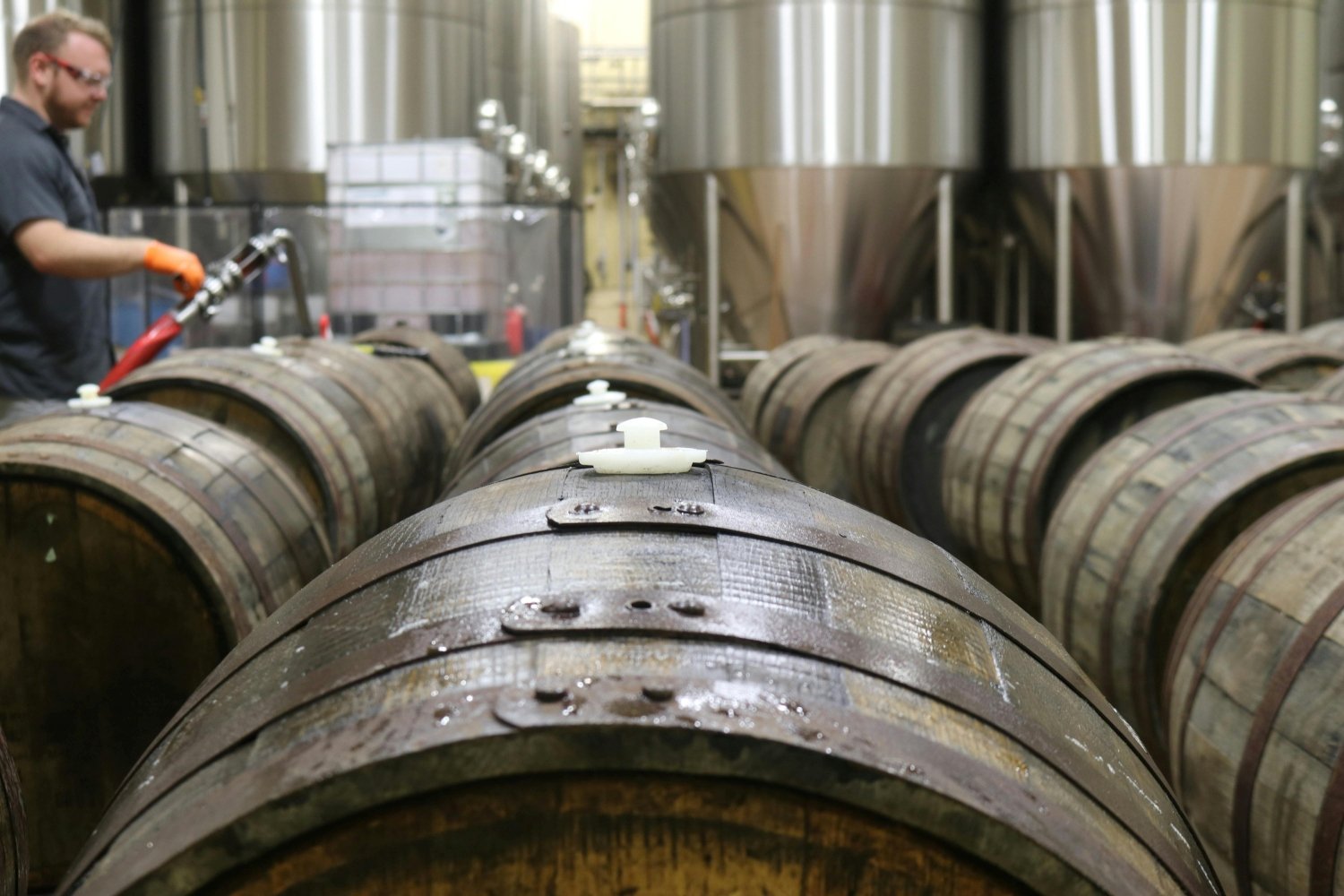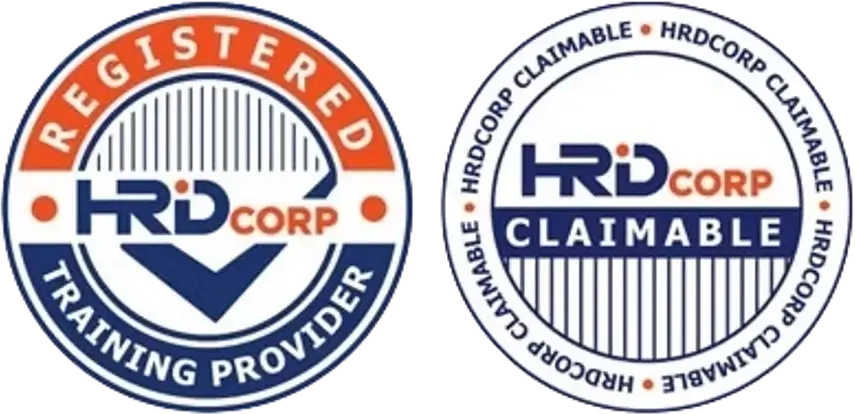Is Your Pest Control Program Really Aligned with GMP Standards?
Good Manufacturing Practices (GMP) require manufacturers to maintain a clean, hygienic, and pest-free environment.
But here’s the truth:
Having a pest control service isn’t enough — your program must be GMP-compliant.
So how do you know if your pest control program truly meets GMP standards?
Let’s break it down with a practical checklist.

✅ Key Elements of a GMP-Compliant Pest Control Program
1. Documented Pest Control Plan
-
🗂️ Must be written, reviewed, and approved
-
🛠️ Should define the scope (area, frequency, pest types)
-
📌 Includes clear responsibilities for internal and external teams
2. Licensed Pest Control Contractor
-
✔️ Contractor must be licensed and trained
-
🧾 Provide service reports after each visit
-
📅 Proof of scheduled visits (monthly/bi-weekly)
3. Pest Identification & Monitoring
-
📍 Use monitoring devices (glue traps, UV traps, rodent boxes)
-
🧪 Traps should be:
-
Numbered
-
Mapped
-
Inspected regularly
-
-
📋 Monitoring records must be up-to-date and verifiable
4. Trend Analysis of Pest Activity
-
📊 Identify recurring issues and hot zones
-
🧭 Analyze pest sightings or trap counts over time
-
🔁 Update control strategies based on data
5. Non-Chemical Preventive Measures
-
🚪 Seal entry points: doors, windows, vents
-
🧼 Maintain sanitation to reduce pest attractants
-
💡 Use lighting that does not attract flying insects
6. Chemical Use & Safety
-
🚫 Only approved pesticides are used — never near food contact surfaces
-
🧯 MSDS/SDS must be available for all chemicals
-
🧪 Application logs must include:
-
Date
-
Area
-
Dosage
-
Method
-
Technician’s name
-
7. Corrective Actions & Root Cause Analysis
-
🐜 Found a cockroach? You need:
-
Immediate action
-
Root cause investigation
-
Follow-up report and verification
-
8. Staff Training
-
👨🏫 Train employees to:
-
Report pest sightings
-
Understand their role in pest prevention
-
-
📚 Include pest awareness in GMP onboarding
❌ Common Non-Conformities During GMP Audits
-
No pest control map or updated trap log
-
Unsealed wall holes or drains
-
Expired service contracts
-
Missing MSDS/SDS sheets
-
Traps placed on floors (instead of off-ground as required)
🔍 GMP Requirements That Cover Pest Control
-
Premises & Equipment
-
Pest control is part of GMP building maintenance
-
-
Sanitation & Hygiene
-
Pests are vectors for contamination
-
-
Documentation & Records
-
All pest control activities must be traceable
-
📌 Quick Self-Check: Is Your Pest Program GMP-Ready?
| Requirement | ✅ Yes | ❌ No |
|---|---|---|
| Written pest control SOP | ||
| Valid contractor license | ||
| Updated trap map & logs | ||
| MSDS for all pesticides | ||
| Monthly inspection reports | ||
| Staff trained on pest awareness | ||
| Trend analysis done quarterly |
Fill it in. If you ticked any ❌ — it’s time to tighten your system.

🏁 Final Thoughts
A truly GMP-compliant pest control program is proactive, documented, and constantly verified.
Even a single pest sighting can lead to:
-
Product recalls
-
Failed GMP audits
-
Damage to brand trust
Don’t wait until it’s too late.
👉 Need help reviewing or improving your pest control program to meet GMP or ISO standards?
CAYS Scientific can assist with practical assessments and audit-ready documentation.
Let’s make sure your pest control doesn’t become a compliance risk.


